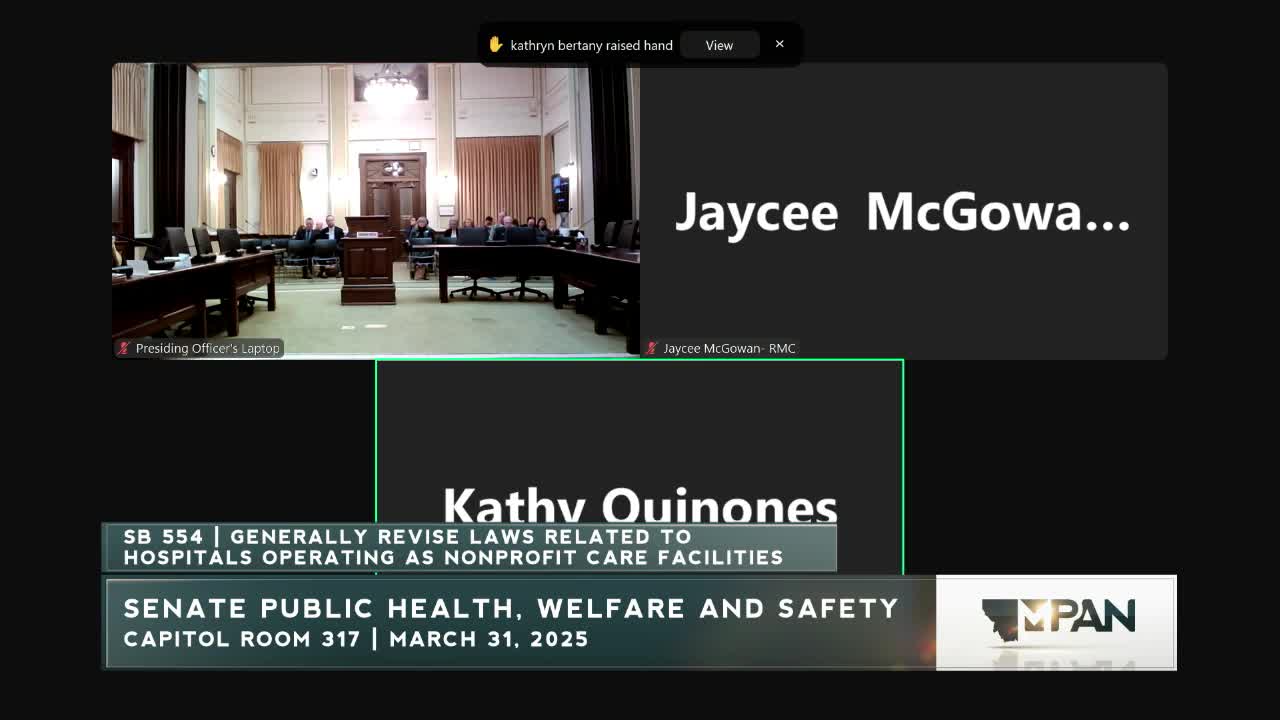Billings Clinic supports Medicaid expansion to enhance patient care payment options
March 31, 2025 | 2025 Legislature MT, Montana
Thanks to Scribe from Workplace AI , all articles about Montana are free for you to enjoy throughout 2025!

This article was created by AI using a video recording of the meeting. It summarizes the key points discussed, but for full details and context, please refer to the video of the full meeting. Link to Full Meeting
One of the key points raised was the financial strain on hospitals due to discrepancies in reimbursement rates between larger hospitals and critical access hospitals. The committee discussed how critical access hospitals are reimbursed through a Medicare audit process, which allows them to settle any owed amounts after an audit. This system contrasts with larger hospitals, which face challenges in covering care costs through other payment mechanisms, particularly when dealing with commercial payers.
The conversation also touched on the reimbursement rates for Medicaid, which currently stands at 1% for critical access hospitals. In contrast, Medicare reimbursement is reportedly closer to 100%, although this figure was not confirmed during the meeting. This disparity raises concerns about the sustainability of healthcare services in rural areas, where critical access hospitals play a vital role in providing care.
Additionally, the committee explored the potential for expanding Medicaid to other states, indicating a broader interest in addressing healthcare access and affordability issues beyond Montana. The discussions underscored the ongoing challenges faced by healthcare providers in balancing operational costs while ensuring that patients receive necessary care.
As the committee continues to evaluate these issues, the implications of Medicaid expansion and reimbursement rates will remain critical topics in shaping the future of healthcare in Montana. The outcomes of these discussions could significantly impact both healthcare providers and the communities they serve, highlighting the need for ongoing dialogue and potential legislative action.
Converted from Senate Public Health, Welfare, and Safety - Mar 31, 2025 meeting on March 31, 2025
Link to Full Meeting
Comments
View full meeting
This article is based on a recent meeting—watch the full video and explore the complete transcript for deeper insights into the discussion.
View full meeting
